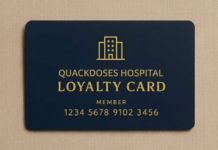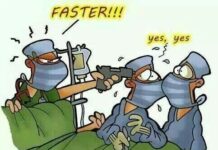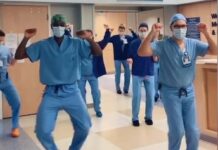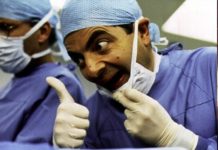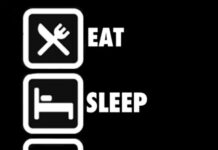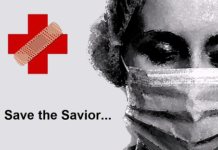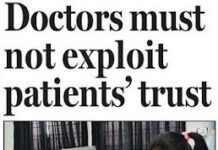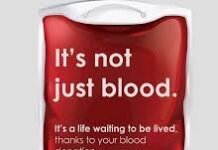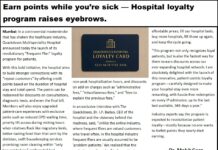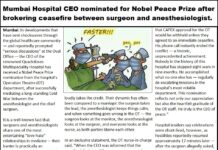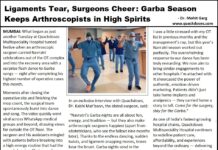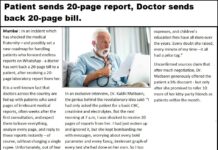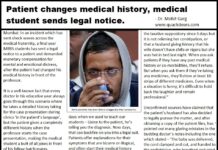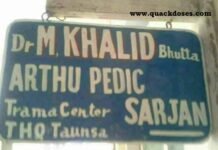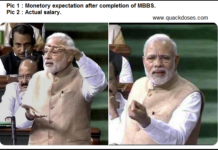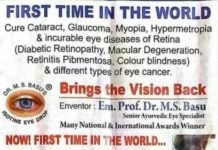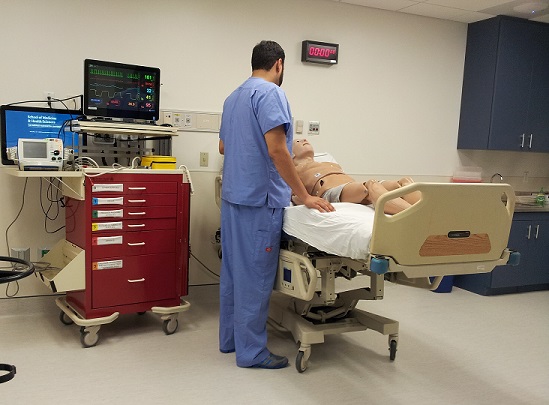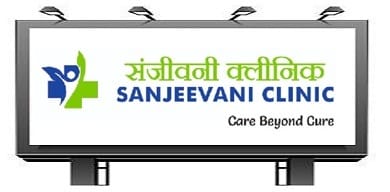“Dr. Mohit, a 55 year old male patient with complaints of breathlessness is rushed in your Emergency Department, please attend to him immediately”, an announcement made on the hospital PA (Public Announcement) System.
I and my team of 5 Emergency Medicine residents (medical students) immediately sprang into action, attending to the patient and started our history taking / clinical evaluation.
“Hello Sir, I’m Dr. Mohit, what happened to you?” I asked.
“I have been having fever, cough and breathlessness for last 3-4 days,” was the reply.
“Don’t worry Sir, me and my team will take care of you,” I assured to the patient.
What followed next was a classic and systematic clinical approach to the patient, starting from role allotment to each member – airway and oxygenation, applying monitor, securing an IV line for medications and blood sample collection, recording in chart, etc. At each intervention, the patient was re-evaluated for any improvement or deterioration, inputs were taken from the team for what they would do next, all elements of good team dynamics as per the American Heart Association (AHA) were encouraged and implemented, and all medications including bronchodilators, antipyretics, steroid, antibiotics, etc were ordered along with the relevant investigations – a typical Emergency Text Book management of a patient with breathlessness, mixed with my experience as a AHA instructor.
In spite of all our efforts, the patient did not improve, and I ordered my team to prepare for intubation (to put on a ventilator) of the patient.
“Dr. Mohit, we have another patient who has just crashed in the ICU, we need your expert consult immediately”, another announcement on the PAS, and I rushed out of the room.
“Mohit, you are just flawless in your approach, let the residents think and learn, you wait outside” said the senior ER Consultant who had been monitoring and evaluating the entire case scenario, from the control room of the Simulation Lab, at George Washington University Hospital, where I had gone for an observership during my residency.
I stood outside the simulation room, anxiously looking through the tinted window, as the patient’s vitals on the monitor started deterioration – respiratory rates high, oxygen saturation low, and my team of residents is left clueless on what drugs (and dosages) to be given to perform Drug Assisted Intubation / Rapid Sequence Intubation, and their next course of action without their team leader.
“Rush inside, go help your team save this patient,” said the Consultant.
I was once again at my best, quickly ordering drugs, after the consent for intubation was taken, and making sure the procedure was done smoothly by my team member in-charge of the airway, and I gave follow up instructions for the settings on the ventilator, to optimize ventilation.
This was followed by calling up the ICU in charge to inform about the patient, a debriefing (and feedback from my team members) on the entire case management, to check if we had missed out on anything, and if we could have managed the patient better.
“The patient has been shifted to the critical care area (ICU), you may stop the simulation now”, another announcement on the PAS.
What followed then was something that gives me goosebumps as I write this, a complete silence in the room for few seconds – in awe and disbelief, which was slowly followed by a standing ovation, by more than 30 residents from different countries, lasting almost 2-3 minutes – the sound of which still reverberates in my ears when I think about it. There surely is nothing better than the sweet music of applause.
The words of appreciation by my team (who were completely unknown to me, before the simulation), members in the audience, the other Consultants in the room are something that I still cherish.
By God’s grace, I have had a pretty eventful and successful professional education and career so far, but among all my many achievements, this event will remain the most memorable for me (till date).
A standing ovation is a form of applause where members of a seated audience stand up while applauding, after extraordinary performance of a particular high acclaim, and is considered to be a special honour – an honour I was lucky to receive by a group of budding doctors, where nationality, religion, culture, race, etc did not matter, and the only language was MEDICINE and GOOD PATIENT CARE.


